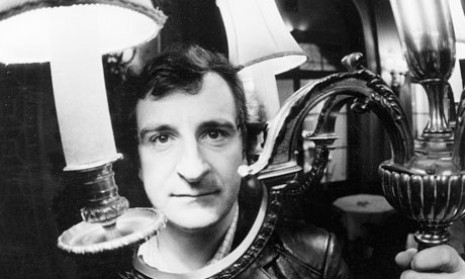
Last night, acclaimed author and biologist (not to mention public enemy to skeptics and atheists) Rupert Sheldrake gave a lecture in Maryhill, Glasgow.
At the talk, Sheldrake spoke about his recent experience of being censored by the TED organisation. If you are not aware of the story, this past January in London Sheldrake was invited to give a TEDx talk on his book The Science Delusion—a book that calls into question some of the fundamental beliefs of science—which was filmed and uploaded to the TED website.
Sheldrake’s video was subsequently removed from the site as it was deemed to be “unscientific,” and his own reputation was called into question (along with fellow speaker Graham Hancock, the video of whose talk on consciousness was also removed). Understandably, this action upset quite a lot of people, both members of the public and professionals in various fields of science alike. A group of scientists and philosophers have publicly addressed the issue, and the response from TED’s Chris Anderson, at the Huffington Post.
In this audio clip, which was recorded by Innes Smith (of the Scottish Society for Psychical Research) Sheldrake talks openly about the controversy, the people he thinks were behind the initial censorship, and, having spoken to Anderson directly, believes he was pressured into the removing the video and now regrets it:
With thanks to Innes Smith. The Scottish Society for Psychical Research can be found here. Sheldrake’s talk can be found here.












